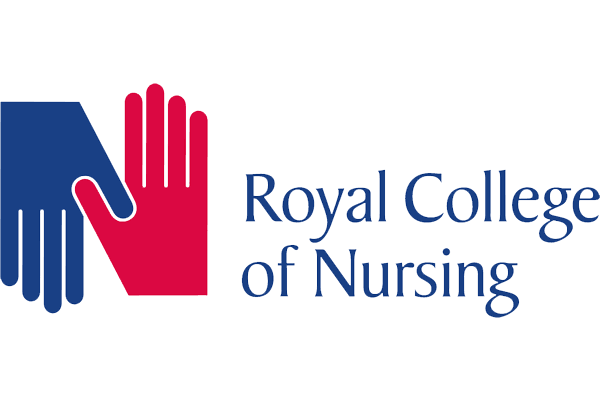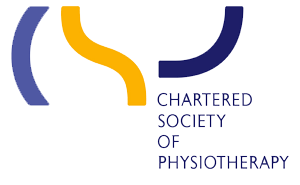Sports massage is used to help maintain strength and mobility for those who are regularly active. It involves hands-on therapy where the clinician manipulates soft tissue around joints and muscles, to help prevent tightness and injury.
Sports massage is used to help maintain strength and mobility for those who are regularly active.
It involves hands-on therapy where the clinician manipulates soft tissue around joints and muscles, to help prevent tightness and injury.
Whilst you may have heard the term ‘sports massage’ before and heard that it is good for you if you are regularly taking part in sports or fitness activities, there are still a number of questions you may have if it’s not the type of treatment you are used to.
We’ve collated a list of the most common questions we get, along with answers to help you decide if it’s the right treatment for you.
What is sports massage?
Sports massage is manipulation of soft tissue around joints and other areas of the body. Soft tissue is connective and not hardened like bone. Over time, repeated physical activity can cause soft tissue to become stiff, which can lead to reduced physical ability or injury.
What should I wear to a sports massage appointment?
It’s a good idea to wear the same type of clothes you would exercise in, and to ensure the place where you are having the massage is accessible. For example, if you are having a sports massage on your hamstrings, it’s a good idea to wear running or gym shorts.
What is the difference between deep tissue massage and sports massage?
Sports massage relates specifically to preventing or treating injuries that can be caused by sport. Deep tissue massage on the other hand, is often used to treat more chronic pain problems caused by a range of conditions and activities. For example, you might strain your hamstring whilst running, but the impact of this injury might be severely worsened by sitting for long periods in your car or at a desk in your place of work and may lead to a range of pain symptoms in different parts of the body.
When there’s a combined range of factors, deep tissue massage can often be the prescribed treatment.
How often should you have sports massage?
This will often be decided between you and your physiotherapist, because it depends on a lot of different factors that can vary from person to person.
Is sports massage good for sciatica?
This all depends on what is causing the sciatica, how much pain it is causing you and what daily activities it is preventing you from doing.
This is why getting an initial assessment booked as early as possible is essential, so that you can get on the right path to recovery before the problem you are experiencing becomes worse and more difficult to rehabilitate.
Can I exercise after a sports massage?
Your physiotherapist will advise you when it is safe to exercise after a sports massage treatment. This depends on what types of sports you do and what type of pain or injury you are experiencing.
If you have been advised not to exercise or take part in sport after a sports massage, be mindful that this means you could risk making the problem worse and setting yourself back significantly in your recovery.










